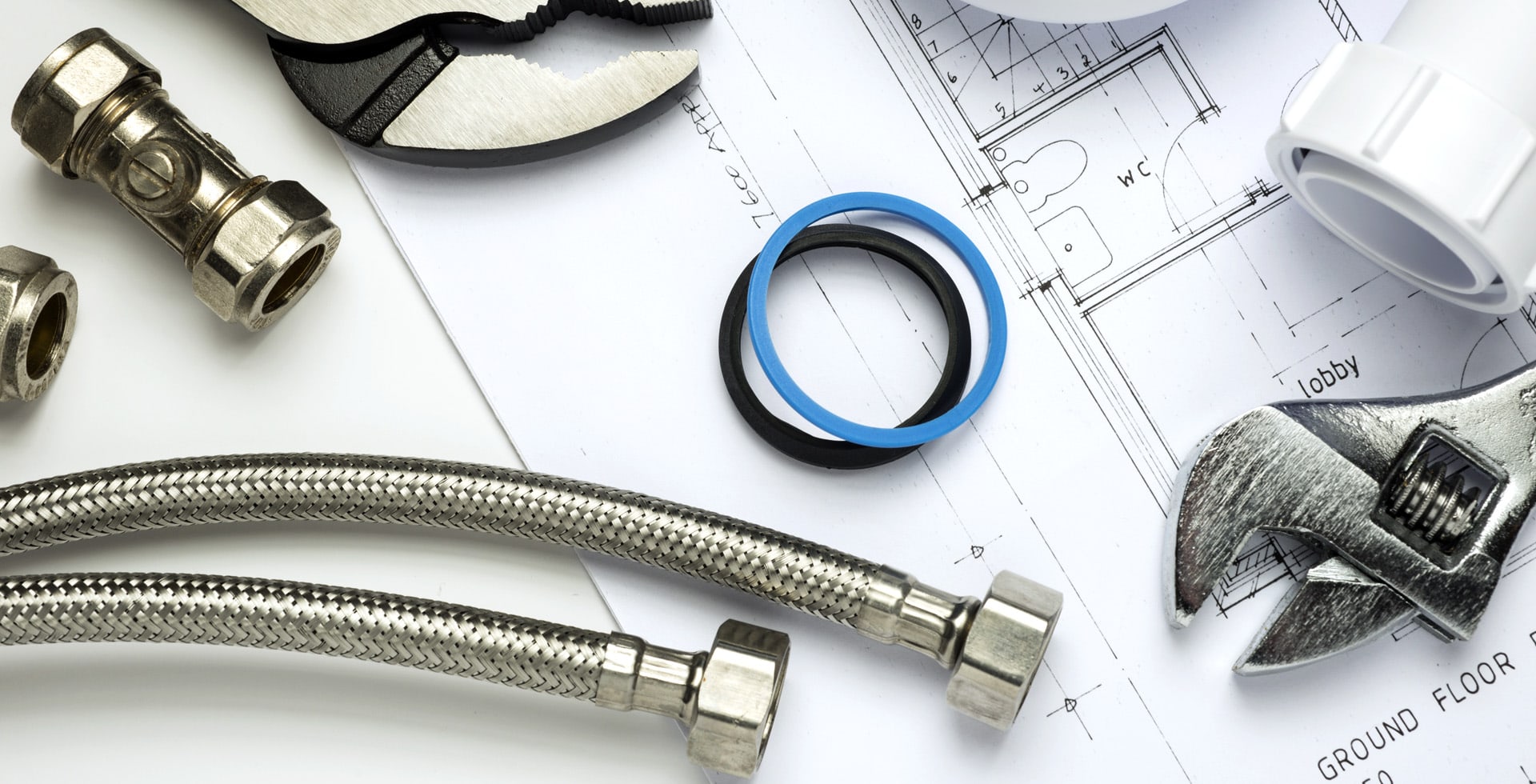“`html
How to Handle Flooring Repairs With a Contractor
Maintaining the flooring in your home is crucial for both aesthetic appeal and functional durability. Over time, wear and tear can lead to a need for repairs. Handling flooring repairs with a contractor may seem daunting, but it doesn’t have to be. This guide will provide you with essential tips to ensure a smooth and successful experience.
Assessing the Problem
The first step in successfully managing flooring repairs is to accurately assess the problem. Identifying the extent of the damage can help you decide the best course of action. Here are the common issues you might encounter:
- Scratches and Scuffs: Minor surface damage that can often be refinished.
- Cracks: These may require more extensive repair, especially in materials like tile or concrete.
- Water Damage: A significant concern that may necessitate complete replacement in some cases.
- Worn-Out Areas: High-traffic zones that may need patching or new flooring.
Choosing the Right Contractor
Once you have assessed the problem, the next step is finding a qualified contractor. Here are some factors to consider when selecting a flooring repair specialist:
- Experience: Look for contractors with a solid track record in flooring repairs.
- References: Ask for references or read online reviews to gauge the contractor’s reliability.
- Credentials: Ensure the contractor has the necessary licenses and insurance for your protection.
- Quotes: Obtaining multiple quotes can give you a better understanding of the market rate for your repair needs.
Preparing for the Contractor’s Visit
Preparation is essential to maximize the efficiency of the contractor’s visit. Consider the following steps:
- Clear the Area: Remove furniture and other items from the area to allow easy access.
- Take Photos: Document the damage through photos to communicate more effectively with the contractor.
- Make Notes: Jot down any specific issues or observations to discuss with the contractor.
- Consider Your Budget: Establish a budget for the repairs to guide your conversations with the contractor.
During the Contractor’s Visit
When the contractor arrives, be ready to discuss the issues in detail. Here’s how to make the most of the meeting:
- Explain the Problem: Clearly describe the issues you noted, referencing any documentation you prepared.
- Ask Questions: Don’t hesitate to ask about the repair process, materials used, and estimated timelines.
- Request a Written Estimate: Ensure you receive a detailed written estimate that outlines the cost and scope of the work.
Understanding the Estimate
Estimates can vary significantly from contractor to contractor. Here’s what to look for in an estimate:
- Labor Costs: Check how labor is charged and if there are additional fees.
- Material Costs: Ensure quality materials are being used, as cheaper alternatives may not provide the desired longevity.
- Timeline: Understand the projected timeline for completion and any factors that could affect it.
Managing the Repair Process
Once you have selected a contractor and agreed on the terms, it’s time to manage the repair process. Consider the following steps:
- Stay Communicative: Maintain open lines of communication with your contractor throughout the project.
- Be On-Site: If possible, be present during the repairs to address any concerns directly as they arise.
- Monitor Progress: Regularly check in on the progress to ensure work is being done according to the agreed plan.
Post-Repair Considerations
After the repairs are completed, there are important steps to take:
- Inspect the Work: Thoroughly check the completed work to ensure it meets your expectations and the original agreement.
- Document Everything: Keep records of the repair process, including contracts, estimates, and invoices.
- Establish a Maintenance Plan: Discuss a maintenance plan with your contractor to prolong the life of your new flooring.
Conclusion
Handling flooring repairs with a contractor can be a straightforward process if you take the time to assess the situation, choose the right professional, and stay engaged throughout the project. By being proactive and informed, you can ensure that your flooring repair goes smoothly and achieves the desired results. With the right approach, your home can restore its beauty and functionality with high-quality flooring that meets your needs.
“`

